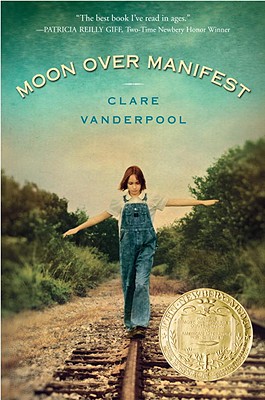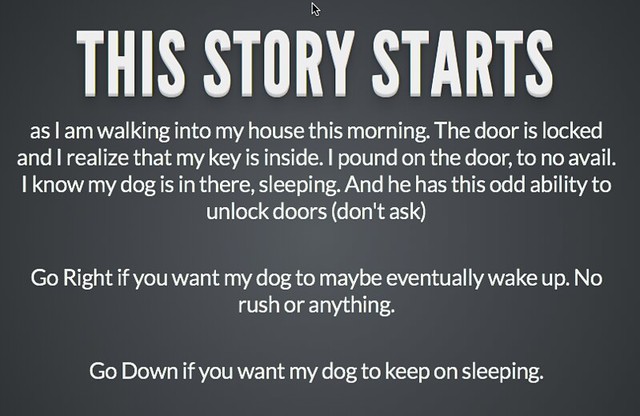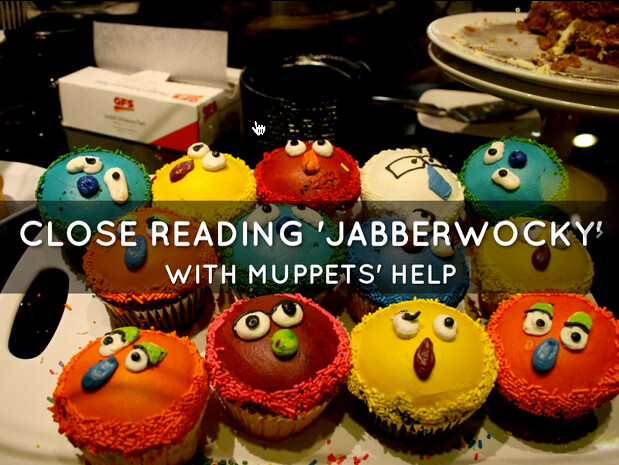I collected many of my six word memoirs as part of Slice of Life and popped them into Animoto to create this video collage.
Peace (in the words),
Kevin
As some of you know, I am in the midst of trying something new. Two of my classes of students have spent a week reading Choose Your Own Adventure novels, and now will begin writing their own. I was amazed at how many books they were reading, and I did an informal survey to gather some numbers.
I also asked them about what they were liking and disliking about the books.
Likes:
- The reader makes decisions about the story
- There are many different ways that the stories can end
- It’s entertainment reading
- You can always backtrack into the story and start over at another point
- The reader is a partner with the writer
- The reader is a character in the story
Dislikes:
- Too many story branches end in death
- It’s easy to lose your place, particularly if you want to go back
- The jumping around the book can be confusing
- The novels are too short
- Lots of exaggeration, unrealistic adventure
- Not all the endings were equally creative
- Not enough choice (!)
I’ll admit — that last one threw me, but I was the recorder of the discussion here.
Peace (in the endings),
Kevin

Now I get the fuss. I don’t know why I never got around to reading Moon Over Manifest by Clare Vanderpool when it came out. The book has been in our house, as my son read it and said he liked it. But after devouring and savoring Navigating Early, and knowing that I would have long gaps during state testing this week, I dug out my son’s Moon Over Manifest and brought it to school. It did not take long to get sucked up into the entwined narrative stories in the novel, something that Vanderpool did with such mastery in Navigating Early, too.
Here, the lively narrator — young Abilene Tucker — is sent by her father back to a town — Manifest, Kansas — as he goes off to work on a railroad. (There’s more to it than that, but I’ll let you read the book to find out more). Abilene works to find the connections that her father has to this small town, even as a local gypsy diviner tells the story of the town’s history and Abilene and two new friends try to uncover a past mystery of a German spy. Think of the story as a quilt, so that the narratives of the present and the past dance around each other, slowing weaving a tapestry of truths about the folks in the town of Manifest, and about Abilene’s life. That’s what Vanderpool does here and it’s a wonder to read and think about just how she pulls it off.
She does.
Moon Over Manifest also brings to life the idea of the idea of voice, as Abilene truly lives and breathes on these pages. It was one of those rare weeks where the large chunk of quiet time for state testing came in handy. In two days, I started and finished this book, and now Abilene and the town of Manifest remain firmly lodged in my head. That’s a good thing.
Peace (in the book),
Kevin

I saw someone in my RSS feed share a link for this beta site — Rvl — that allows you to create virtual-cube-shaped presentations, and I wondered if it might work for interactive fiction. You have to envision the project as a cube that has sides up, down and to the right when creating (although you can go left to view). It does work, somewhat, but the inability to see a master plan, or concept map, of the various slides in orbit around the virtual cube made the writing of a story quite tricky. I had to make sure the narrative folded back in on itself a number of times (and there may still be some potholes in the story as a result. Sorry.)
You can access the story directly here, too. Use your arrow keys on the keyboard to toggle around, or you can mouse-click it, too. Let me know what you think …
Peace (cubed),
Kevin
This is for Slice of Life challenge, a month-long activity of writing about the small moments in your life. Ruth and Stacey, over at Two Writing Teachers, host and support Slice of Life, but they also open their blog up each and every Tuesday for regular Slice of Life writing. You’re invited!
Slicing end with spring’s budding flowers. #slice2013 #6words a final podcast: soundcloud.com/dogtrax/slice-… (Thanks to everyone!)
— KevinHodgson (@dogtrax) March 31, 2013
Peace (in the slice),
Kevin
Yesterday, I wrote about a writing prompt that I did with my students around interactive fiction, in which they created a collaborative story that branched off into different decisions for the reader, and then writer, too. Here are a few samples of what they looked like when we were done:

Peace (in the sharing),
Kevin
This is for Slice of Life.
Letting kids create my Quidditch T-shirt #slice2013 #6words Podcast: soundcloud.com/dogtrax/slice-…
— KevinHodgson (@dogtrax) March 30, 2013
Peace (says the professor),
Kevin
I used the concept of Make-Your-Own-Ending (which we are studying right now) for a writing prompt yesterday that was a huge hit with the students. We’ve been talking about these stories (the use of second person narrative, the branches of the stories, etc.) for a week now, and have had some really interesting discussions about the set-up of these books.
I had created the template below to help with the writing activity. The idea here is that one person starts a story and creates two choices. We then randomly distributed the papers throughout the classroom, and someone else continued the story, adding two more choices for a third reader. The third reader then added two possible branches of the story, before the original writer got their own story back and wrote the final sentence or two. (The whole activity took about 30 minutes).
There was great excitement in the room. Everyone wanted to be creative, but they also were trying to keep an eye on what others were doing to their stories. We then spent about 15 minutes sharing the final stories out, to great laughter and entertainment. As we move into the writing of a larger make-your-own-ending story next week (we’re going to be using the Twine software, with the story theme of an archeologist/explorer in some ancient ruins), this activity gave them time to play with the concept and think about the idea of story branches.
I also began using the term “interactive fiction” for the first time, showing how the reader is as involved as the writer in making choices about the direction of the story. We’ve already done enough groundwork on the concept that they understood the concept well enough.
Make Adventure Story Template by KevinHodgson
I’ll try to share out some of the work tomorrow.
Peace (in the branch),
Kevin
This is for Slice of Life.

Ok, so maybe close reading activities are not always fun, but we did our best yesterday as I introduced my sixth graders to the classic poem, Jabberwocky. First, we cold-read the Lewis Carroll poem, and here I had students volunteer to try their hand at reading the nonsense words. Then, I read it, in dramatic fashion. We then talked about the structure, and the story underneath the poem, looking for points of evidence. Finally, we watched the Muppets version of the poem, which is completely wacky and silly, and just the right tone to wrap up our close reading activity.
Peace (in the nonsense),
Kevin
Here are some digital posters created by my sixth graders as part of an independent reading unit.
Check out the collection (so far)
Peace (in the visual),
Kevin